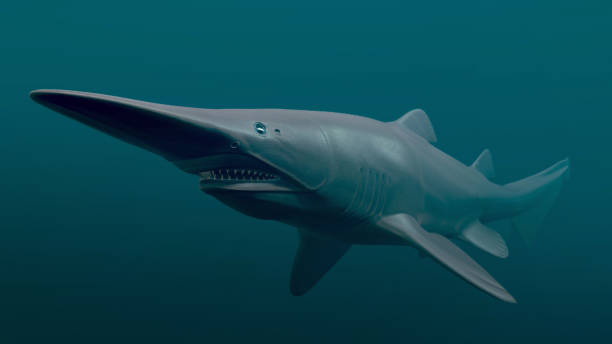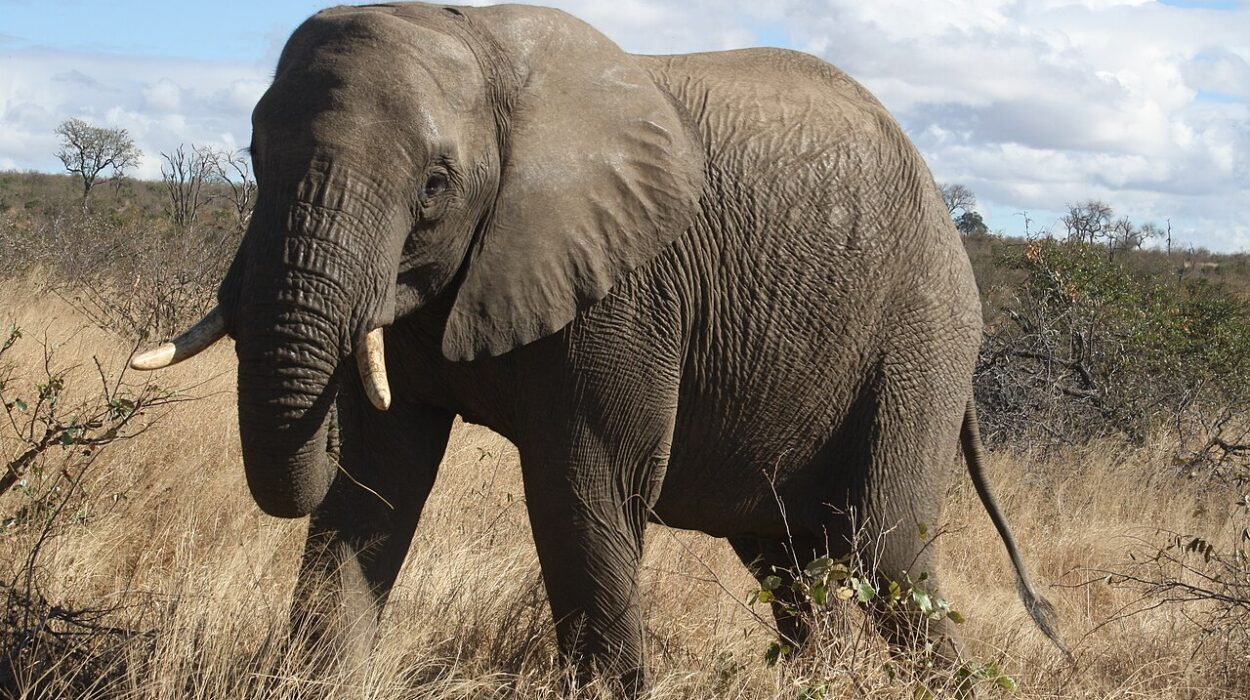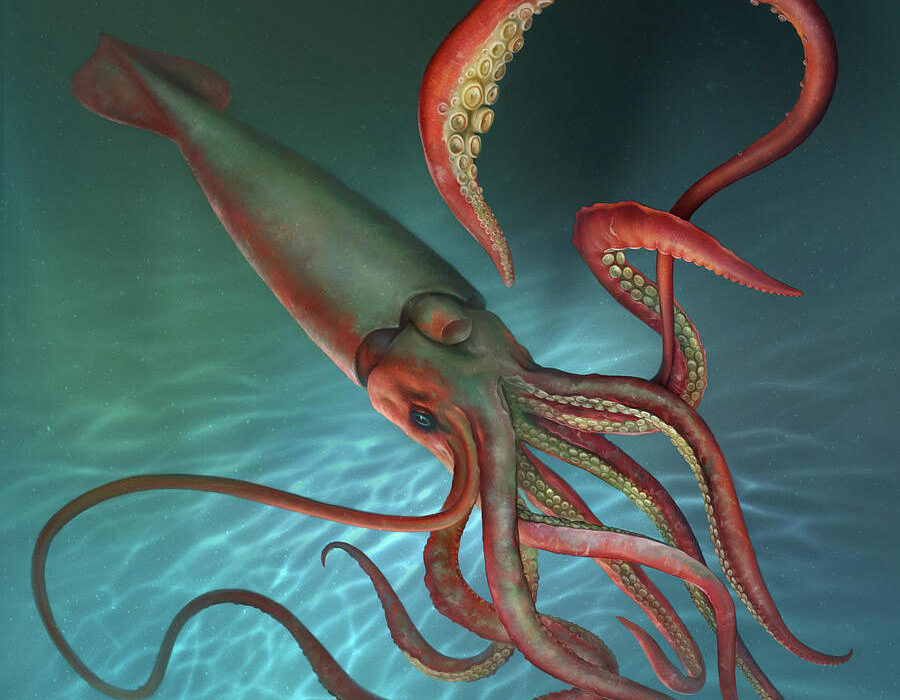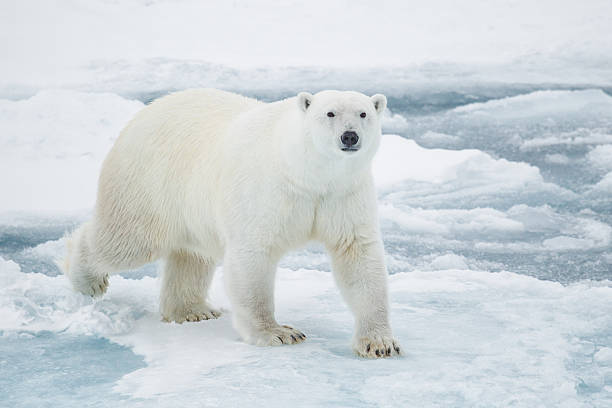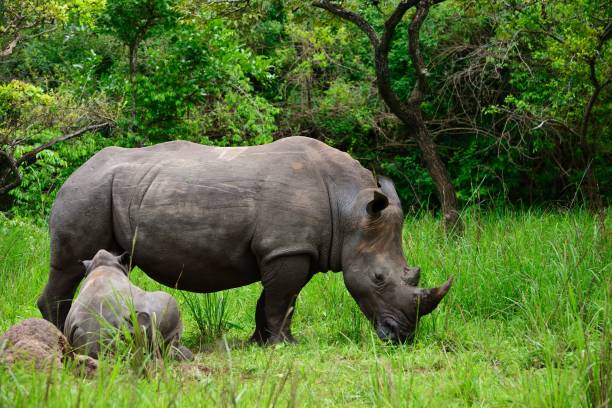The Earth is not a gentle planet. Beneath its beauty lies brutality—scorching deserts, frozen wastelands, crushing ocean depths, and poisonous lakes that seem utterly inhospitable to life. Yet, against all odds, life finds a way.
For billions of years, evolution has crafted beings that defy impossibility. These survivors—creatures that endure extremes of heat, cold, pressure, and radiation—are living proof that nature’s resilience knows no bounds. They inhabit the margins of existence, thriving where life should end.
What follows is not merely a list of species but a collection of miracles. Ten extraordinary creatures that redefine what it means to live—each a testament to adaptation, endurance, and the relentless creativity of life on Earth.
1. Tardigrade – The Immortal Microbe of the Cosmos
The tardigrade, or “water bear,” is not just tough—it’s nearly indestructible. Measuring less than a millimeter long, this microscopic creature looks like something out of a dream: plump, eight-legged, with a face that seems oddly endearing. But beneath that cute exterior lies a survivor so resilient it has become a symbol of immortality.
Tardigrades can endure environments that would instantly destroy most life forms. Boiling water, freezing ice, deadly radiation, even the vacuum of space—all are survivable for these microscopic beasts.
Their secret lies in cryptobiosis, a state where they shut down nearly all biological functions. They curl into a dry ball called a “tun,” expelling almost all water from their bodies and suspending metabolism to near zero. In this form, tardigrades can lie dormant for decades, awakening again when water returns.
They’ve been revived after thirty years of dehydration and even after being exposed to the vacuum of outer space during a European Space Agency experiment. Scientists found that they can survive doses of radiation thousands of times higher than any human could withstand.
The tardigrade is not just a creature—it’s a message from nature that life can transcend extremes. It whispers to us that fragility and strength often coexist in the smallest forms.
2. Antarctic Icefish – The Transparent-Blooded Ghost of the South
In the frozen depths surrounding Antarctica, where temperatures plunge below the freezing point of freshwater, lives a creature that should not exist—the Antarctic icefish. It swims through icy waters that would crystallize the blood of most animals, but the icefish is a ghost of adaptation.
Unlike any other vertebrate, the icefish has no hemoglobin, the molecule that makes blood red and carries oxygen. Its blood is clear, almost transparent, and its body glows with an eerie pallor.
How does it survive without oxygen-carrying blood? Through an extraordinary set of adaptations. The frigid Antarctic waters are saturated with oxygen, allowing the icefish to absorb what it needs directly through its skin and plasma. Its heart is massive—four times larger than that of similar fish—and beats slowly but powerfully, pumping oxygen-rich blood throughout its body.
In addition, the icefish’s body produces antifreeze proteins—tiny molecular shields that prevent ice crystals from forming inside its tissues.
In its pale silence beneath the ice, the Antarctic icefish seems almost otherworldly. It is a ghost swimming in an endless, frozen cathedral, a living testament to evolution’s artistry.
3. Pompeii Worm – The Fire Dweller of the Deep
Deep in the blackness of the Pacific Ocean, thousands of meters beneath the surface, lies a world of fire and poison. Hydrothermal vents—cracks in the Earth’s crust—spew boiling, mineral-rich water that reaches temperatures of up to 400°C (750°F). Yet, in this inferno, life thrives.
The Pompeii worm (Alvinella pompejana) makes its home in this deadly environment. Discovered in the early 1980s, it shocked scientists who had believed such conditions were uninhabitable. The worm’s body can withstand temperatures up to 80°C (176°F)—making it one of the most heat-tolerant animals on the planet.
The secret to its survival lies in symbiosis. Its back is covered with a layer of specialized bacteria that form a fuzzy gray “coat.” These bacteria act as insulation, protecting the worm from the searing vent water, while the worm provides them with nutrients from its own body.
The Pompeii worm lives in a world of extremes—where the border between life and death is measured in millimeters. On one side, boiling water; on the other, near-freezing seawater. Yet there it thrives, a flickering flame of life in a realm of darkness.
4. Sahara Silver Ant – The Sprinter of the Inferno
In the heart of the Sahara Desert, where the sand can reach 70°C (158°F) and most life hides from the sun, one tiny creature emerges to dance upon the burning dunes—the Sahara silver ant (Cataglyphis bombycina).
It is the only creature bold enough to forage in the hottest part of the day, when even predators like lizards retreat underground. The ants leave their nests for just ten minutes at a time, racing across the scorching desert to scavenge for the bodies of insects that have succumbed to the heat.
Their survival depends on speed and precision. They can run up to 855 millimeters per second—about 108 times their body length—making them among the fastest insects on Earth relative to size.
Their bodies are covered in tiny silver hairs that reflect sunlight, keeping them cool. Inside, their proteins and enzymes are heat-resistant, allowing their cells to function at temperatures that would destroy most life.
To navigate the vast, featureless desert, Sahara silver ants use celestial cues. They can read the polarized light patterns of the sky, giving them an internal compass to guide them home with astonishing accuracy.
In a world of fire, the silver ant is a creature of light—a dancer on the edge of survival.
5. Wood Frog – The Frozen Survivor
In the forests of Alaska and northern Canada, winter means death for most small creatures. But for the wood frog (Rana sylvatica), freezing is just another part of life.
Each winter, as temperatures drop, this small brown frog does something incredible—it freezes solid. Its heart stops beating, its lungs cease breathing, and its blood turns to ice. Yet when spring returns, the frog thaws and hops away as if nothing happened.
How does it survive such a miracle? The secret lies in cryoprotection. Before freezing, the frog’s liver floods its bloodstream with glucose, a natural antifreeze that prevents its cells from bursting. While most of its body water turns to ice, the vital organs are protected by this sugary shield.
During this frozen state, the frog is biologically dead—no heartbeat, no movement, no brain activity. But when warmth returns, it revives within hours, its organs resuming function as if waking from a dream.
The wood frog is a creature of resurrection, a living embodiment of life’s defiance against winter’s grip. It shows that death, in nature, is sometimes just a pause.
6. Devil Worm – The Hidden Soul of the Earth
Discovered two miles beneath the Earth’s surface in South African gold mines, the Devil Worm (Halicephalobus mephisto) is the deepest-living multicellular organism ever found. It lives in crushing darkness, where temperatures exceed 45°C (113°F), oxygen is scarce, and water trickles through rocks that have not seen sunlight for billions of years.
The worm’s name, “mephisto,” comes from Mephistopheles, a demon in German folklore—a fitting moniker for a creature dwelling in the infernal depths.
The Devil Worm’s ability to survive relies on remarkable cellular machinery. It can endure intense heat, low oxygen, and high pressure. Its DNA repair systems are incredibly efficient, and it has specialized proteins that keep its cells functional in environments most life would consider impossible.
Its discovery changed our understanding of life’s limits. If complex organisms can exist deep within the Earth, why not beneath the crust of Mars, or in the oceans of Europa?
The Devil Worm reminds us that life’s reach is not confined to the surface—it seeps into the bones of the planet itself.
7. Flamingo – The Beauty of Poisoned Waters
The flamingo, with its elegant neck and rose-colored plumage, seems fragile and refined. Yet these birds make their homes in some of the harshest environments on Earth—alkaline lakes so caustic they can dissolve flesh.
In places like Tanzania’s Lake Natron, temperatures soar above 60°C (140°F), and the water’s pH can reach 10.5, similar to ammonia. Yet, thousands of flamingos thrive there, feeding, nesting, and raising their young in this chemical wasteland.
Their secret lies in adaptation. Their tough skin and scaly legs resist the corrosive waters, and their specialized glands excrete excess salt. They feed on cyanobacteria—microbes that can also survive the lake’s toxic chemistry.
The flamingo’s pink hue comes from these very microbes; the carotenoid pigments in their diet dye their feathers with the color of survival.
To outsiders, the flamingo is a symbol of beauty. But to scientists, it is a warrior of adaptation—elegance born from endurance.
8. Deep-Sea Anglerfish – The Phantom of the Abyss
Far below the ocean’s surface, where sunlight has never touched, pressure crushes with the weight of a thousand atmospheres. It is a world of eternal night—cold, silent, and alien. Yet, in this abyss, one of the most haunting creatures on Earth lurks: the deep-sea anglerfish.
With a body shaped by darkness, the anglerfish has evolved to survive in conditions that seem unlivable. Its most striking feature is the bioluminescent lure—a glowing appendage that dangles above its mouth, attracting prey in the black void.
This light is produced by symbiotic bacteria that live inside the lure, feeding off the fish’s nutrients in exchange for illumination.
The female anglerfish is a monster of the deep, with a gaping mouth full of needle-like teeth. The male, however, is tiny—a tenth her size. When he finds her, he bites onto her body and fuses with her, becoming a permanent parasite that provides sperm in exchange for sustenance.
In this macabre relationship, life continues through connection and sacrifice. The anglerfish is both terrifying and tragic, a luminous predator in the ocean’s eternal darkness.
9. Emperor Penguin – The Noble Survivor of Ice
On the frozen plains of Antarctica, winter is a season of death. Temperatures drop to –60°C (–76°F), winds howl at 200 km/h, and the sun disappears for months. Yet, in this frozen desert, a single species chooses not to flee—but to give birth.
The Emperor Penguin, the largest of all penguins, breeds in the heart of the Antarctic winter. As the world freezes, males huddle together in massive colonies, protecting their precious eggs under folds of skin.
For two months, they fast, surviving only on body fat while enduring unimaginable cold. They rotate positions in the huddle, sharing warmth and shielding one another from the deadly wind.
When the egg hatches, the father passes it to the returning mother, who has spent weeks hunting at sea. The reunion is tender—a moment of triumph over a landscape that should not allow love, warmth, or life.
The Emperor Penguin is more than a survivor. It is a symbol of devotion, cooperation, and the beauty of life in the face of desolation.
10. Deinococcus radiodurans – The Atomic Bacterium
If a nuclear apocalypse ever came, one creature would remain—the Deinococcus radiodurans, often called “Conan the Bacterium.” It can survive radiation doses thousands of times higher than what would kill a human, extreme dehydration, cold, and even acid.
Discovered in the 1950s inside irradiated meat, it astonished scientists. The bacterium’s DNA can be shattered into hundreds of fragments, yet within hours, it perfectly repairs itself—an ability unmatched in nature.
Its survival mechanism is based on manganese complexes that protect its proteins and enzymes from radiation damage. Its DNA repair systems are so precise that researchers are studying it for potential use in biotechnology and medicine, even space travel.
Deinococcus radiodurans is the ultimate survivor—a microscopic titan that laughs in the face of destruction. It teaches us that life is not fragile—it is unbreakable.
The Meaning of Survival
From the frozen stillness of the Arctic to the scalding vents of the deep sea, from toxic lakes to the crushing darkness beneath the Earth, life flourishes in defiance of impossibility.
These creatures show that survival is not just about endurance—it’s about adaptation, creativity, and the quiet determination to exist. They are the pioneers of biology, the explorers of nature’s boundaries.
Each one tells a story that transcends its habitat. They remind us that life, in all its forms, is a force of wonder—a flame that burns even in the coldest, darkest corners of the universe.
When we look upon these beings—tiny, strange, indestructible—we see the reflection of something profoundly human: the will to live, to persist, to evolve.
In their struggle, we glimpse our own.

